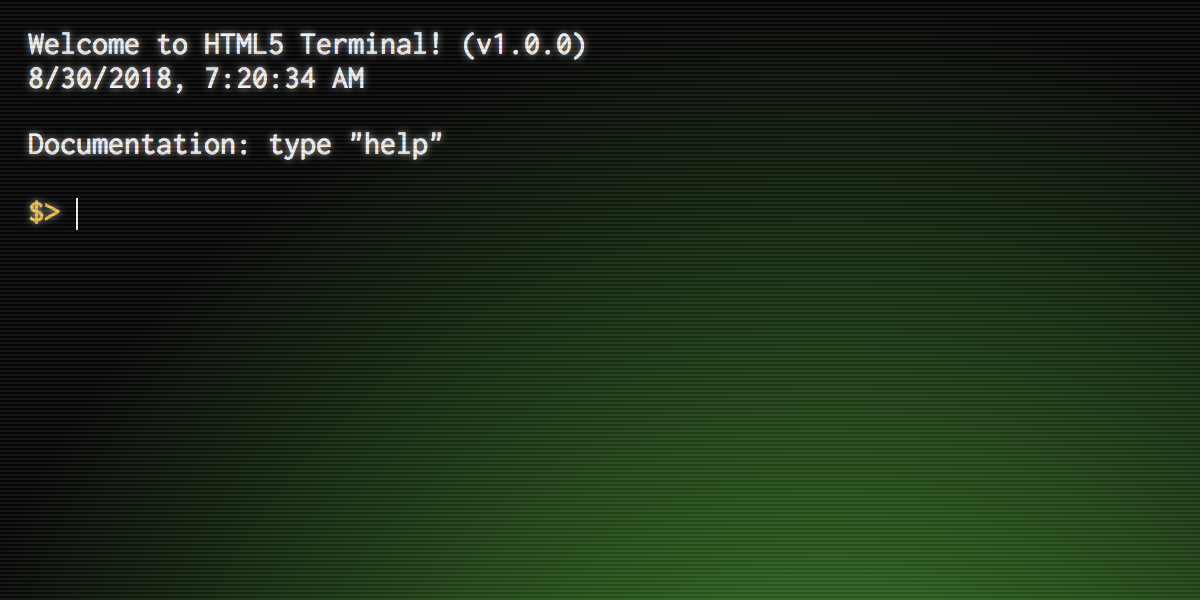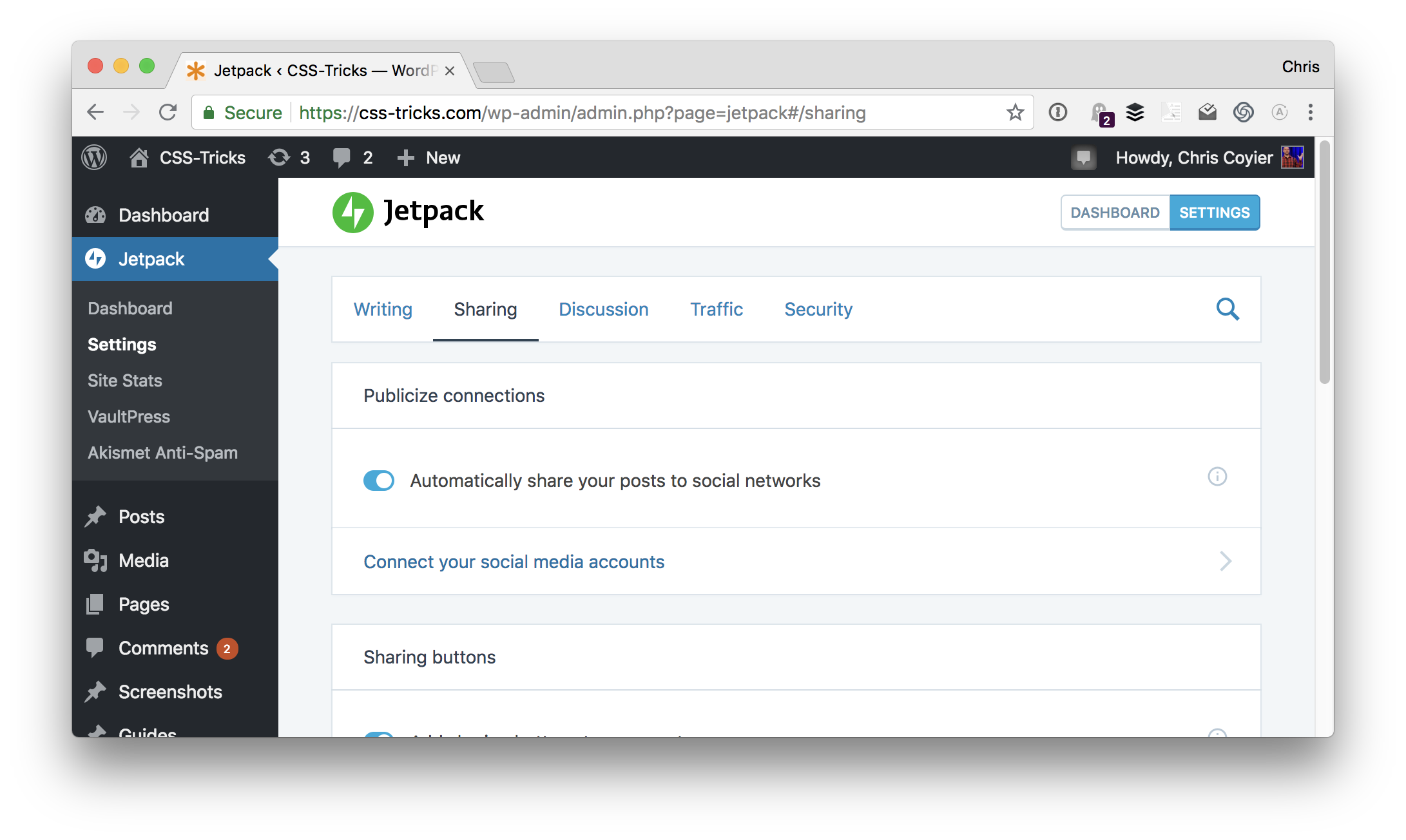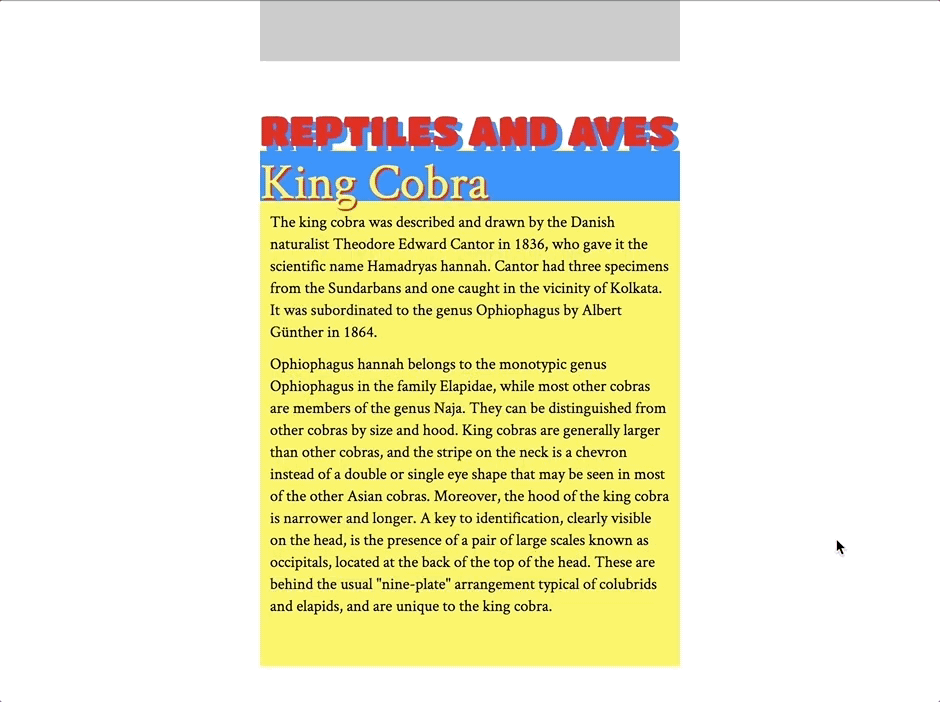Aspect Ratio Media Elements and intrinsicsize
If you need an aspect-ratio sized <div> (or any element that can have children), you can do it. Perhaps the cleanest way is a custom-property-sized pseudo-element that pushes the correct minimum height through padding-based-on-width.
But media elements like <img> don't have children. The <video> tag isn't self-closing, but when it is supported (almost always), the content of it is replaced with a shadow DOM you don't control. Besides, these are the only two elements that "size to an external resource." So, how do you enforce aspect ratio on them when using a variable width like 100% or 75vw? Well, once they load, they will have their natural aspect ratio, so that's nice. But it also means they don't know the height while they are loading and it may cause performance jank...




